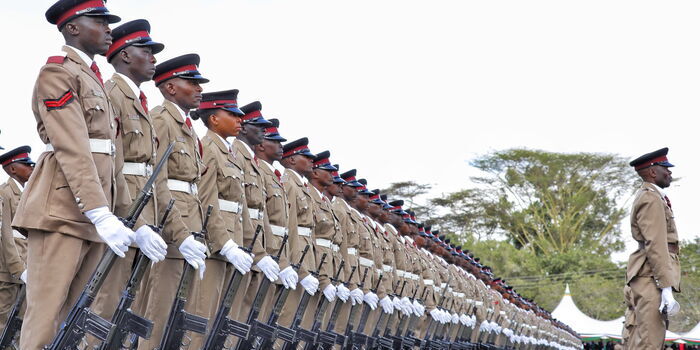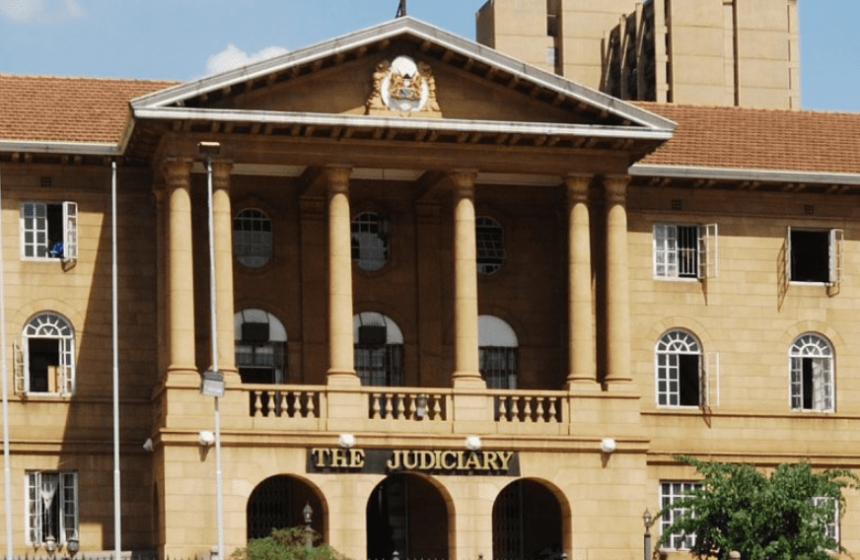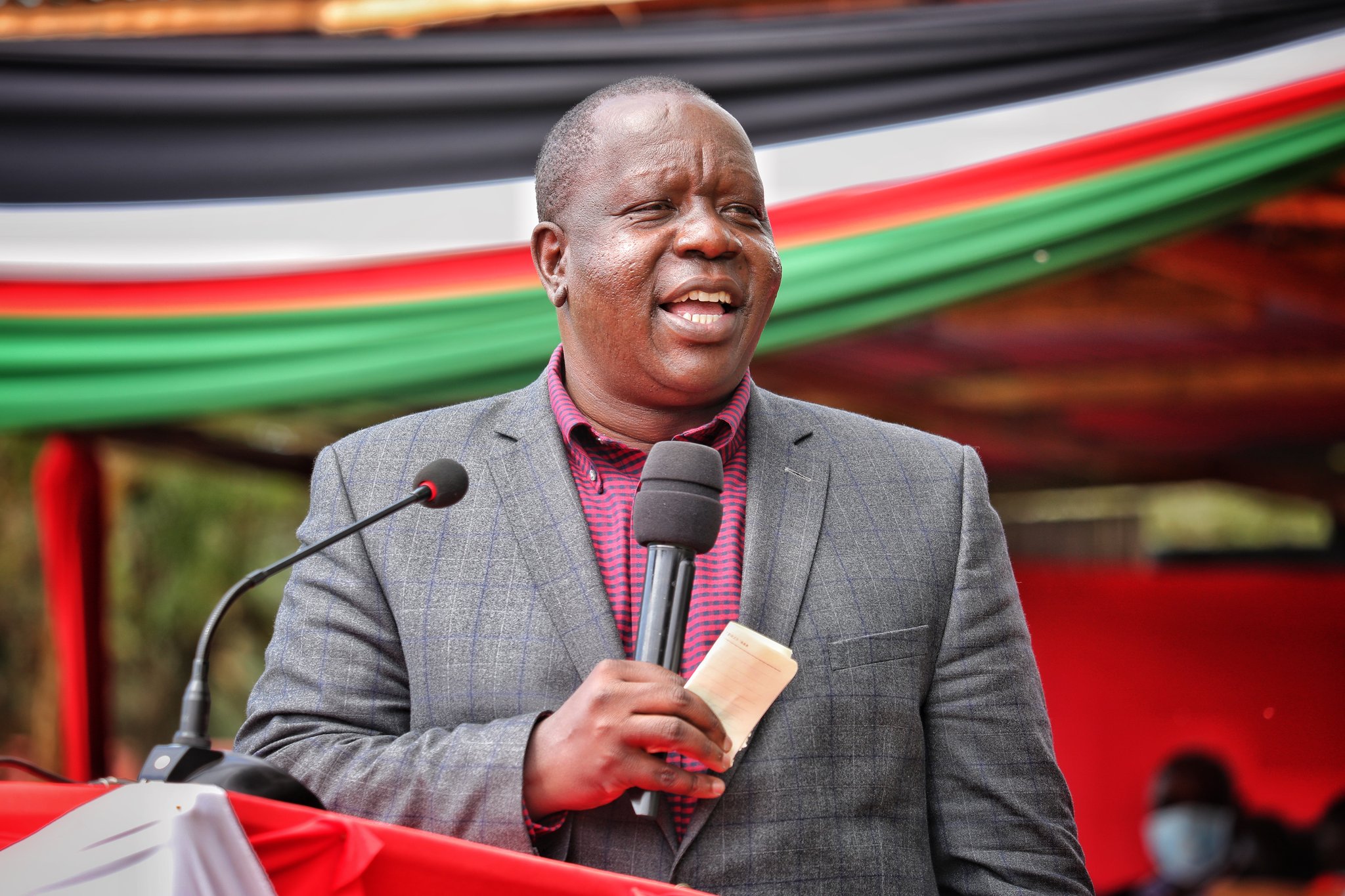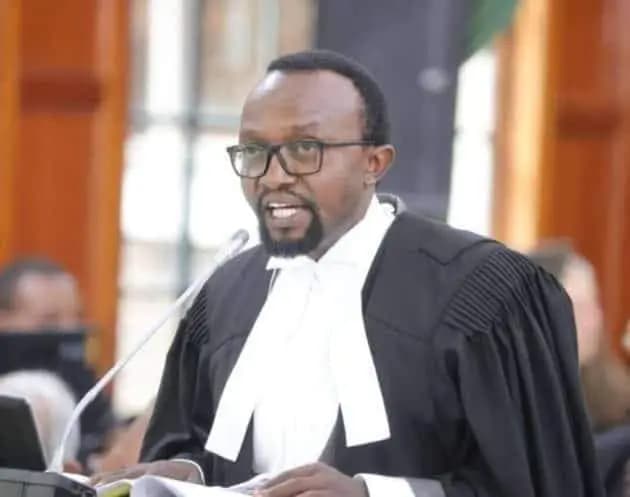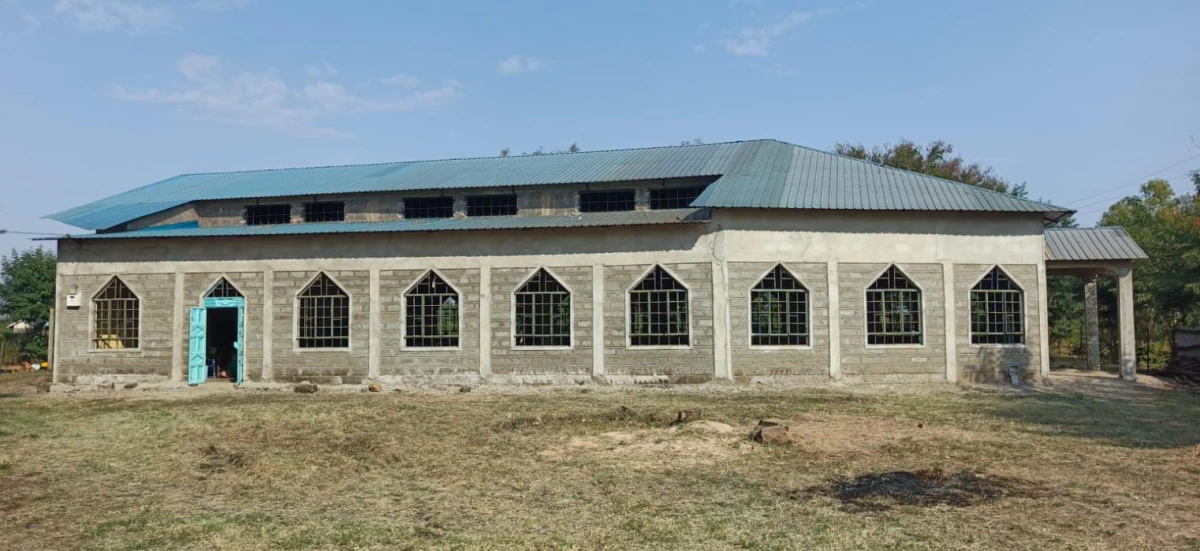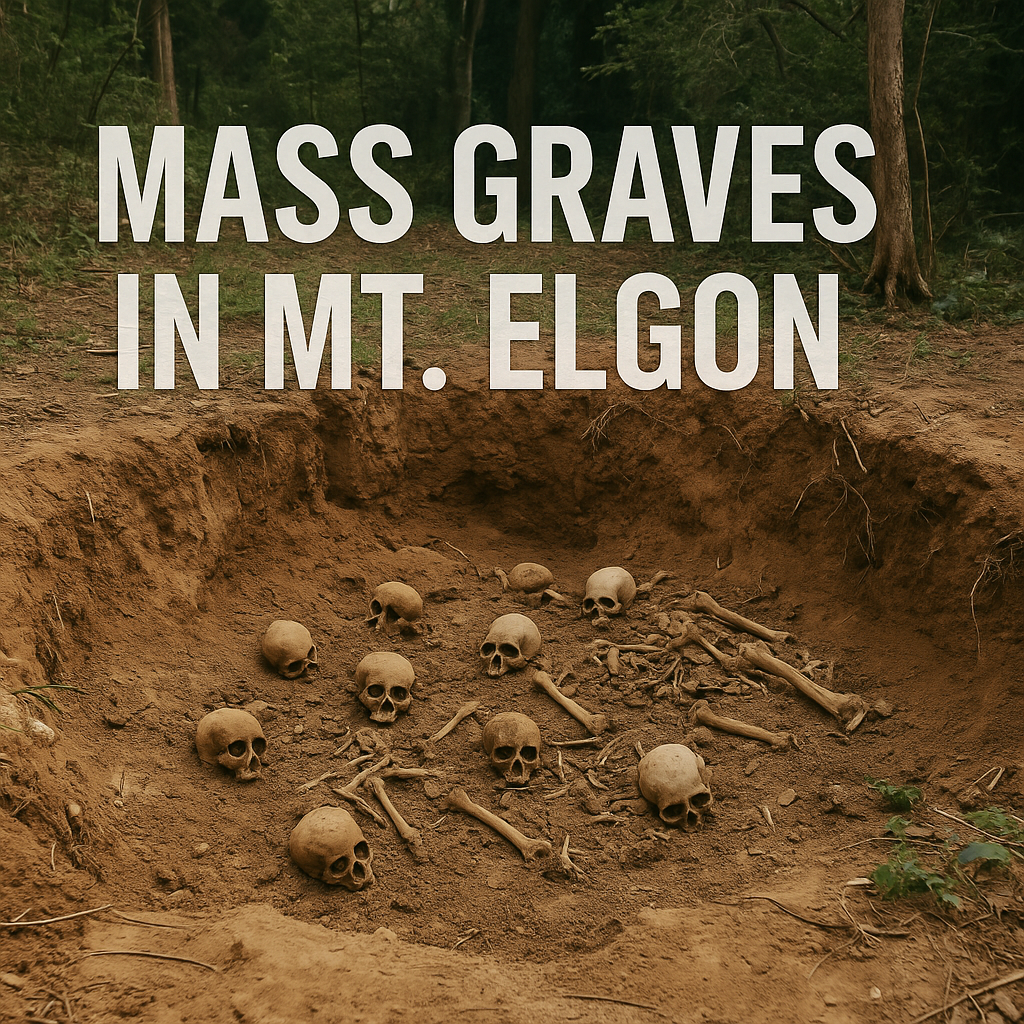
New investigations confirm what local communities and human rights groups have long feared: mass graves dating to the 2005–2008 Mount Elgon insurgency remain largely unexamined, with hundreds unaccounted for—a human rights crisis washed under the guise of “counterterrorism.”
Forgotten Graves of a Forgotten War
Reports by Human Rights Watch and regional partners document a dual legacy of abuse: atrocities by the Sabaot Land Defence Force (SLDF), which terrorized villages, committed killings, torture, rape, and enforced taxation, and violent reprisals by the state during Operation Okoa Maisha, launched in March 2008 to quell the insurgency. The UN Special Rapporteur conservatively estimated over 200 killed or disappeared during the operation, though credible observers place the toll much higher.
Families interviewed in a 2011 Human Rights Watch report spoke of loved ones taken by both SLDF and security forces—and never returned. As one woman recounted, after her husband was tortured in front of her, “They told me your husband has been taken up in the forest,” a chilling indication of clandestine burials in remote areas.
Impunity Grows, Justice Evades
Despite mounting evidence, the government has yet to conduct a thorough forensic investigation or exhumation of known mass grave sites. No high-ranking officers or militia commanders have been prosecuted for crimes including enforced disappearance, extrajudicial execution, rape, or torture.

Though over 3,000 men and teenage boys were detained during the operation, only four convictions occurred—and not for the most serious violations.. Human rights bodies including TRIAL and the Independent Medico-Legal Unit (IMLU) have raised alarms at UN forums, calling Kenya to account for the enduring refusal to investigate or compensate victims.
Families Remain Trapped in Limbo
For the many affected, the consequences extend beyond grief. Without bodies, no death certificates can be issued—denying families legal closure and maintaining them in bureaucratic limbo. Traditional funeral rites remain unperformed; land titles and inheritance rights unresolved.
Local human rights activists estimate over 300 disappeared people between 2006 and 2008, possibly more—including dozens abducted by SLDF and the remainder taken by state forces.
The Way Forward—or Backward?
Human rights organizations are increasingly pushing for:
- An independent commission of inquiry into the mass grave sites and disappearances;
- Cooperation with international bodies like the East African Court of Justice (EACJ), African Commission on Human and Peoples’ Rights (ACHPR), and UN Working Group on Enforced Disappearances, to investigate and prosecute violations.
- Respect for Kenya’s obligations under international law, including prosecuting disappearances as crimes against humanity and providing reparations to victims.
Yet, as of now, no credible independent exhumation or forensic mapping has been publicly announced. Government agencies continue to deny mass grave allegations or attribute all fatalities exclusively to SLDF violence—a deflection that widens mistrust among affected communities.
This crisis in Mt. Elgon is not historical—it remains unresolved, a festering wound masked by neglect. For affected families, justice is still out of reach. Wamuzi News will continue to monitor any formal launches of forensic exhumation, judicial proceedings, or international fact-finding initiatives.


